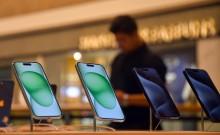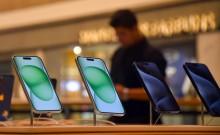A new form of internet data delivery is making its way to the market, and it might replace Wi-Fi in the coming years. Li-Fi, or light fidelity, uses LED light bulbs to send information, and theoretically can deliver internet access 100 times faster than Wi-Fi.
LED (light-emitting diode) bulbs emit visible light, which is a constant stream of photons. When the current is manipulated to create slight fluctuations, a detector device can pick up the pulses to convert them into an electrical current, said German physicist Harald Haas during a TED Talk. Haas is a professor of mobile communications at the University of Edinburgh and the founder of pureLiFi, a leading company in Li-Fi technology.
An Estonian company, Velmenni, tested the technology and was able to transmit data at 1GB/sec. Theoretically it can deliver speeds of up to 224GB/sec. However, because Li-Fi uses only visible light, it does not work through walls, nor will it work outdoors in the sunlight.
In the future, lightbulbs could become wireless hotspots and could be used on aircraft and in other places where radio signal interference is an issue. Due to its limitations, initial usage of the technology may be restricted to crowded urban areas, or in areas where Wi-Fi usage may not be safe, such as hospitals.

















